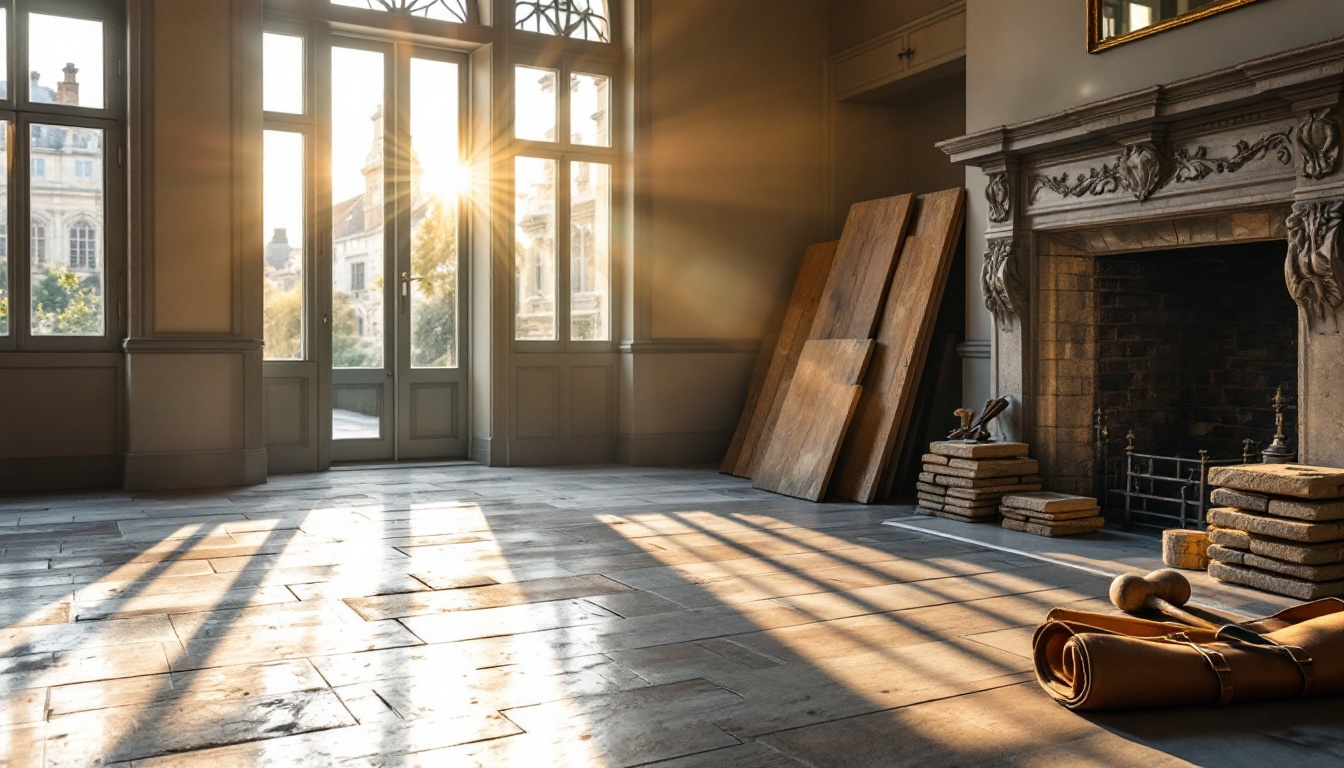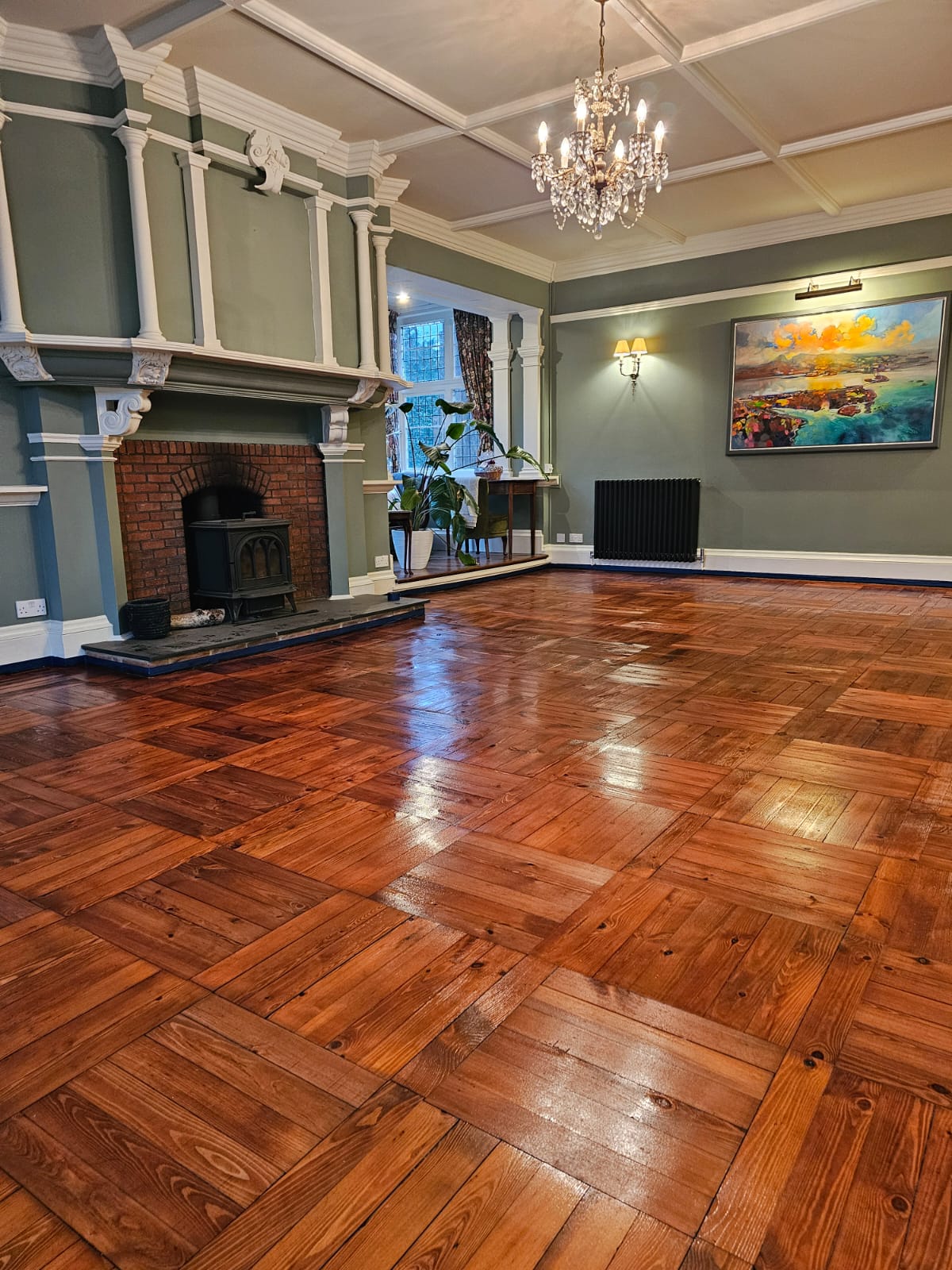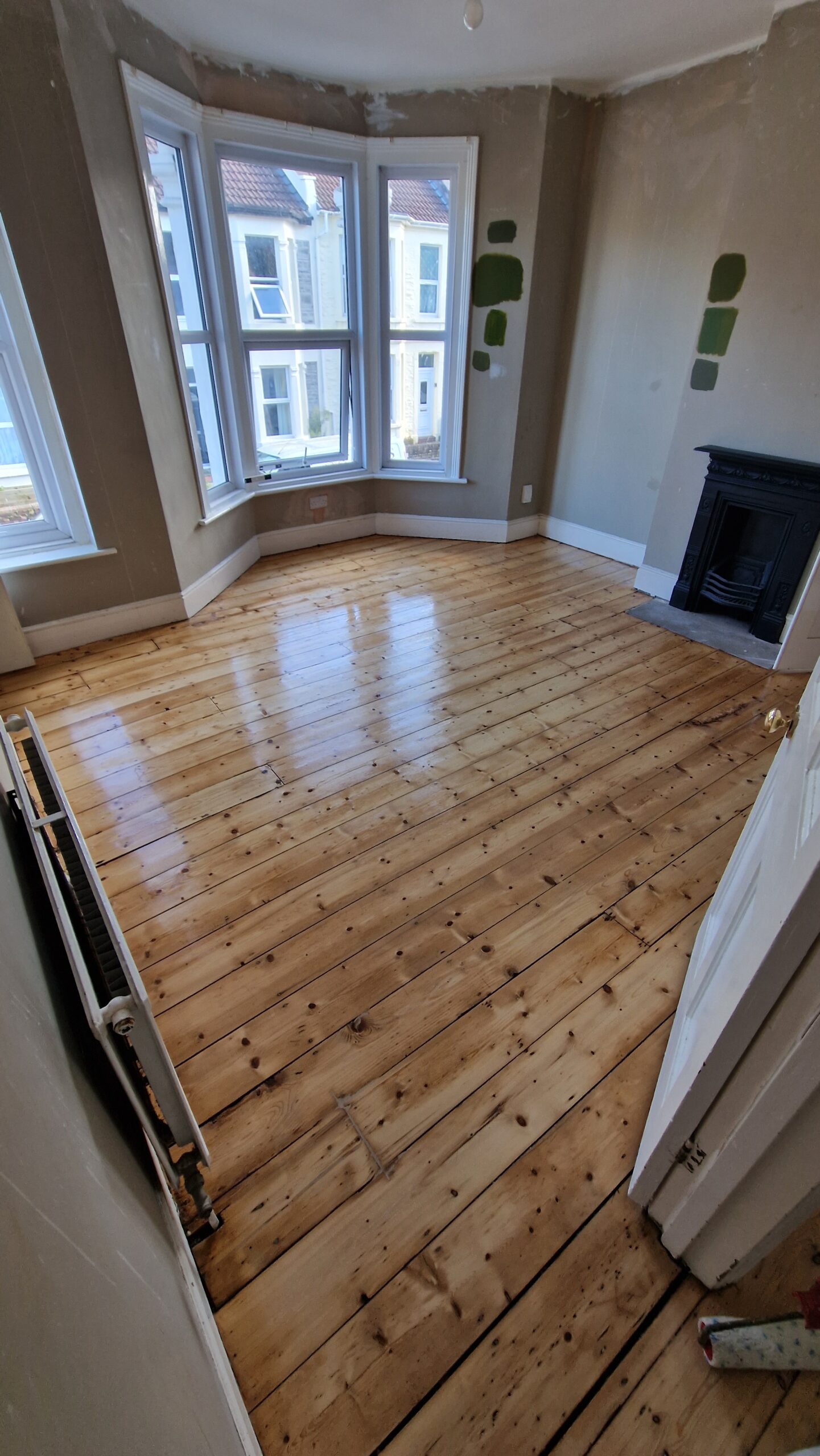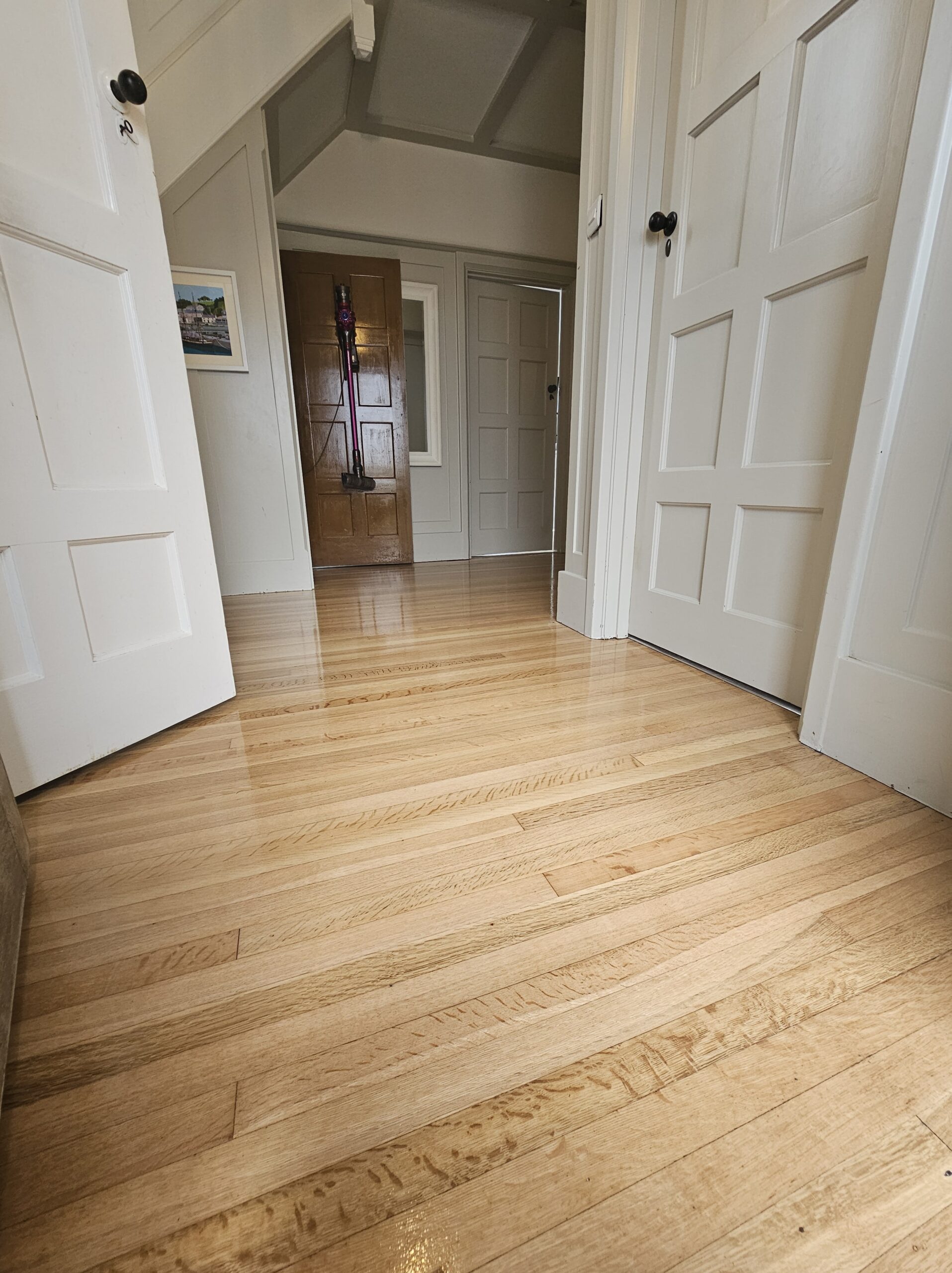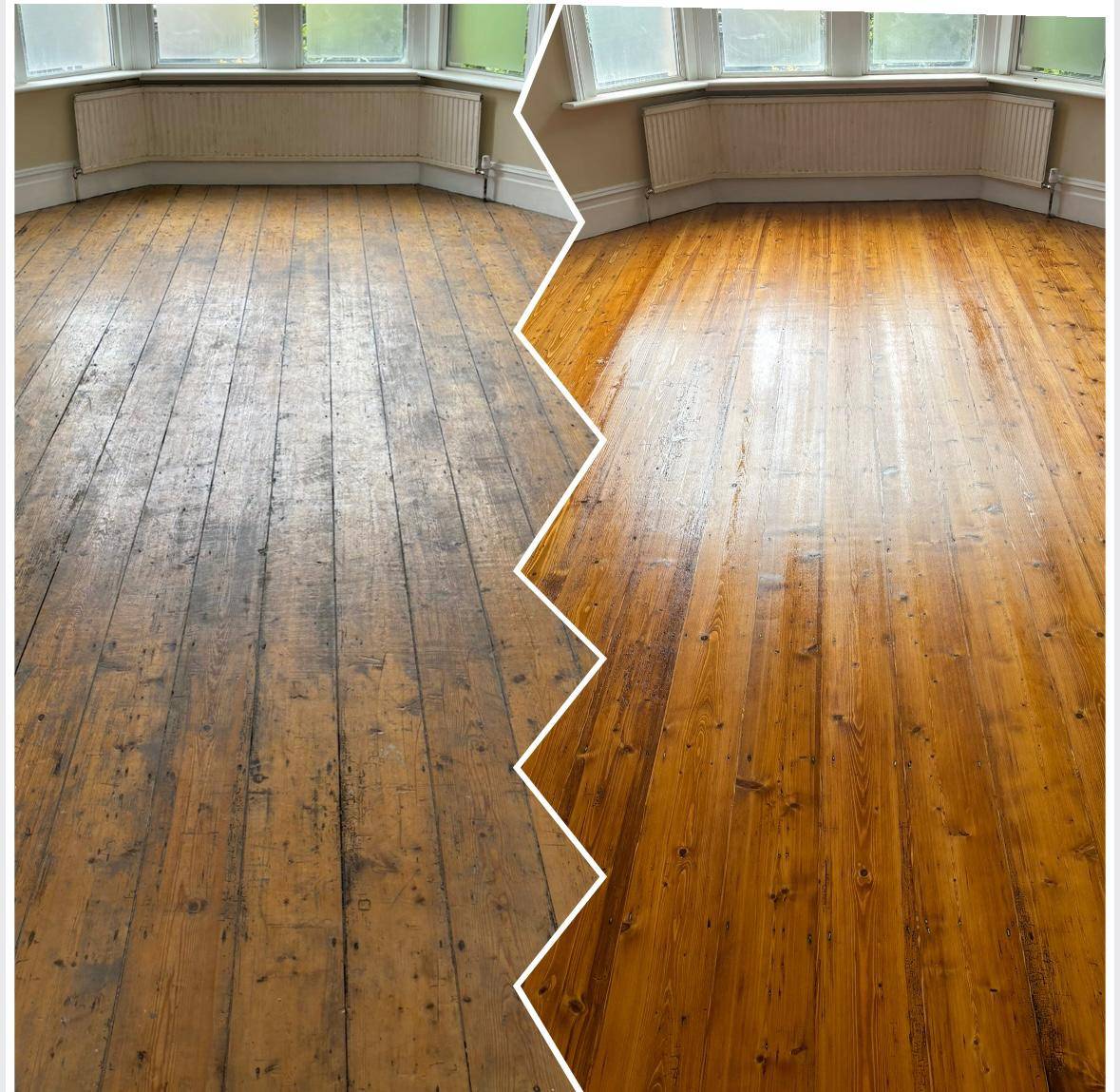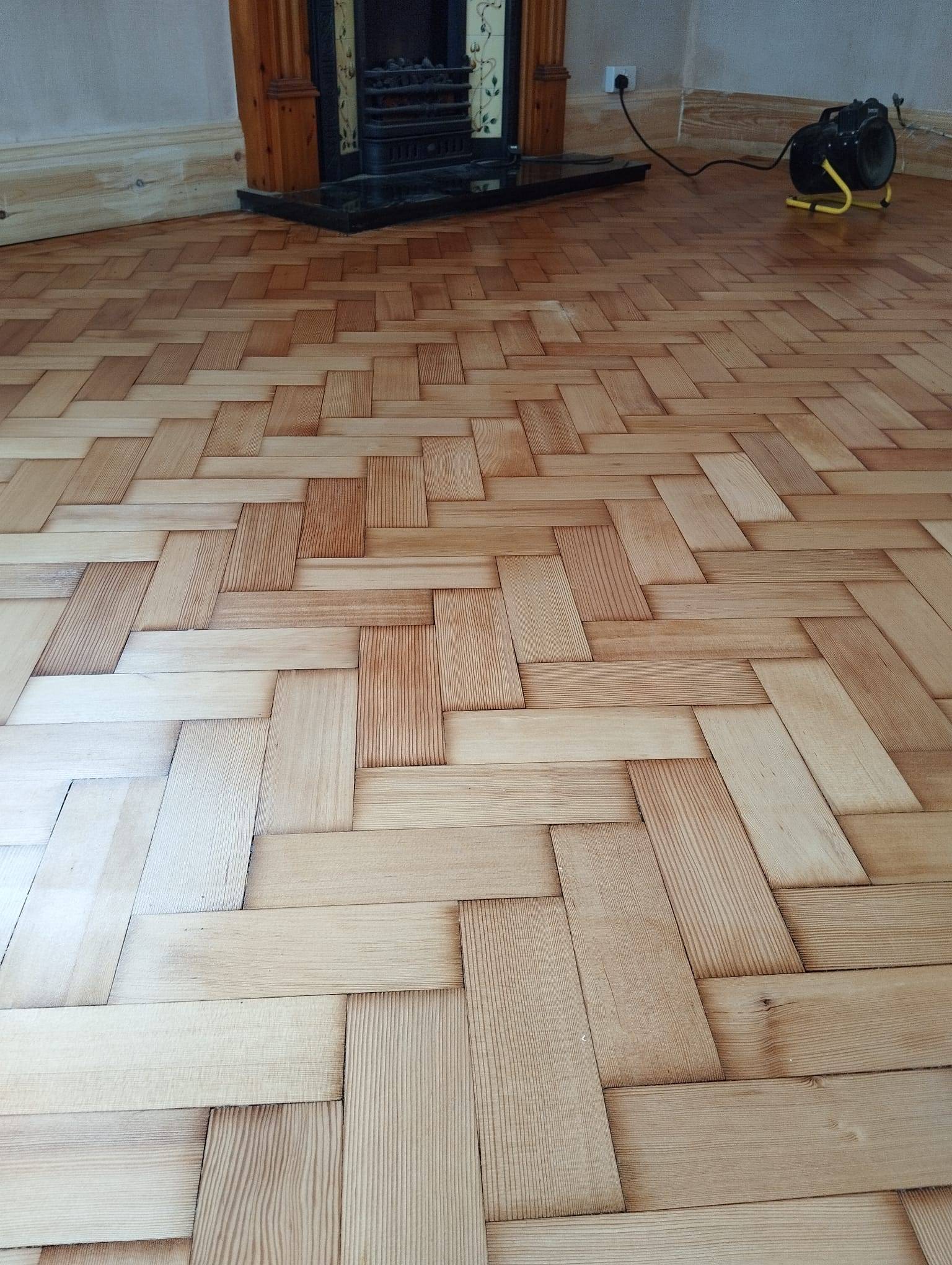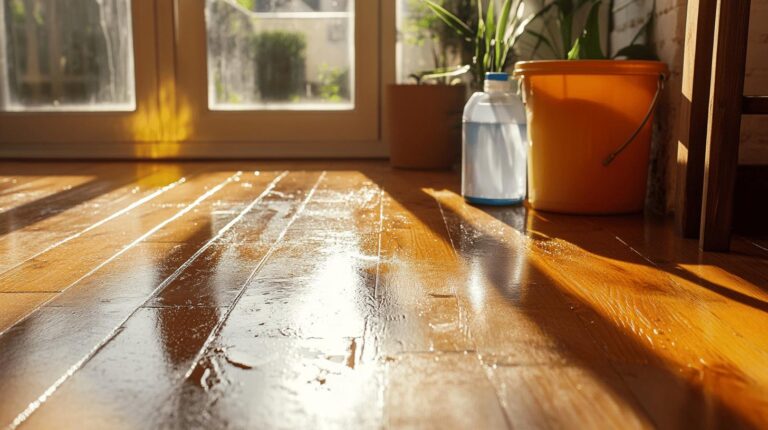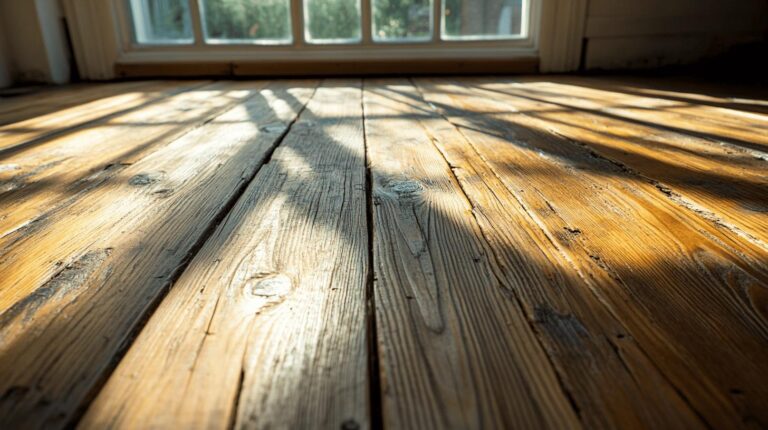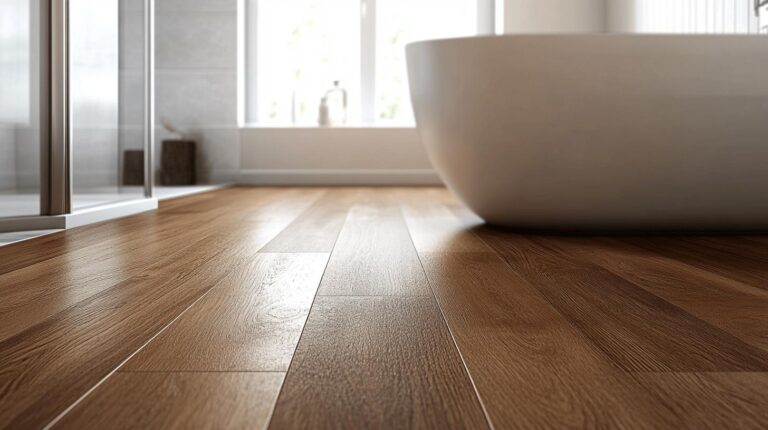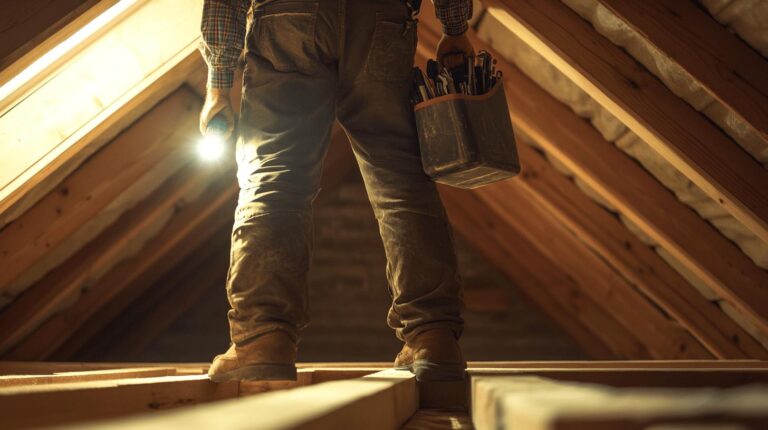Restoring the floors of a listed building in Somerset can feel like walking a tightrope between preserving history and meeting modern needs. Navigating conservation requirements is essential to maintain a building’s historical integrity and secure Listed Building Consent. But what do these regulations entail, and how can homeowners ensure compliance while achieving their restoration goals? This article delves into the complexities of Somerset’s conservation laws, offering invaluable insights and practical tips to guide you through the intricate restoration process. Discover how to honour tradition whilst enhancing your historic property’s aesthetic and value.
Understanding Listed Building Regulations in Somerset
In Somerset, the legal framework for listed building floor restoration is stringent and necessitates compliance with conservation requirements to preserve historical authenticity. The cornerstone of these regulations is the Listed Building Consent, which is mandatory for any alterations that might affect the character of a listed building. Whether the project involves minor floor repair or a comprehensive restoration, obtaining this consent is crucial to ensure that any changes remain in harmony with the historical and architectural significance of the building. Failure to acquire the necessary permissions can lead to legal repercussions and potentially irreversible damage to the structure’s heritage value.
Somerset’s regulations are designed to uphold the integrity of its historical buildings, reflecting the county’s rich architectural heritage. These rules mandate the use of materials and techniques that are sympathetic to the original construction, thereby maintaining the building’s historical context. Adhering to these guidelines is not just about legal compliance; it is about honouring the past and preserving it for future generations. The use of authentic materials and traditional methods is often required, ensuring that restorations do not compromise the building’s original aesthetics or structural integrity. As such, understanding and navigating these regulations is vital for anyone involved in the restoration process.
Steps to Obtain Listed Building Consent:
- Research: Understand the specific requirements and guidelines for listed building projects in Somerset.
- Consultation: Engage with local conservation officers and experts early in the planning process.
- Application: Submit a detailed application outlining the proposed work, materials to be used, and methods.
- Review Process: Allow time for the local authority to review the application and possibly request additional information.
- Approval and Compliance: Once consent is granted, ensure all work adheres to the approved plans and conditions.
Conservation Requirements and Heritage Rules in Somerset
In Somerset, conservation requirements are integral to preserving the historical and cultural essence of listed buildings, particularly when it comes to floor restoration. The county’s regulations demand strict adherence to guidelines that uphold the architectural integrity of heritage sites. These rules are designed to ensure that any restoration work does not detract from the building’s original character. For instance, when undertaking floor restoration, it is essential to use materials and methods that are in line with the building’s period features. This approach not only protects the historical fabric of the structure but also ensures that the restoration work is reversible, allowing future generations to appreciate the building’s authentic state.
Local Heritage Conservation Efforts
Wells, a city in Somerset renowned for its medieval architecture, exemplifies the county’s dedication to heritage conservation. Current initiatives in Wells focus on maintaining the authenticity of materials used in restoration projects, ensuring they match the original construction as closely as possible. Efforts are underway to preserve key sites like Vicar’s Close and the Bishop’s Palace, where meticulous attention to detail is required to safeguard their historical significance. These projects highlight the importance of collaboration between local authorities, conservation specialists, and the community to successfully maintain Somerset’s heritage.
Using authentic materials in restoration plays a pivotal role in aligning with Somerset’s conservation goals. Such materials include traditional options like lime mortar, timber, and stone, which are favoured for their compatibility with historical construction techniques. By sourcing local or reclaimed materials, restorations can achieve a harmonious blend of old and new, enhancing the building’s aesthetic authenticity. This approach not only preserves the architectural heritage but also respects the original craftsmanship, ensuring that the structure remains a true representation of its historical period.
Selecting Suitable Flooring Materials for Listed Buildings
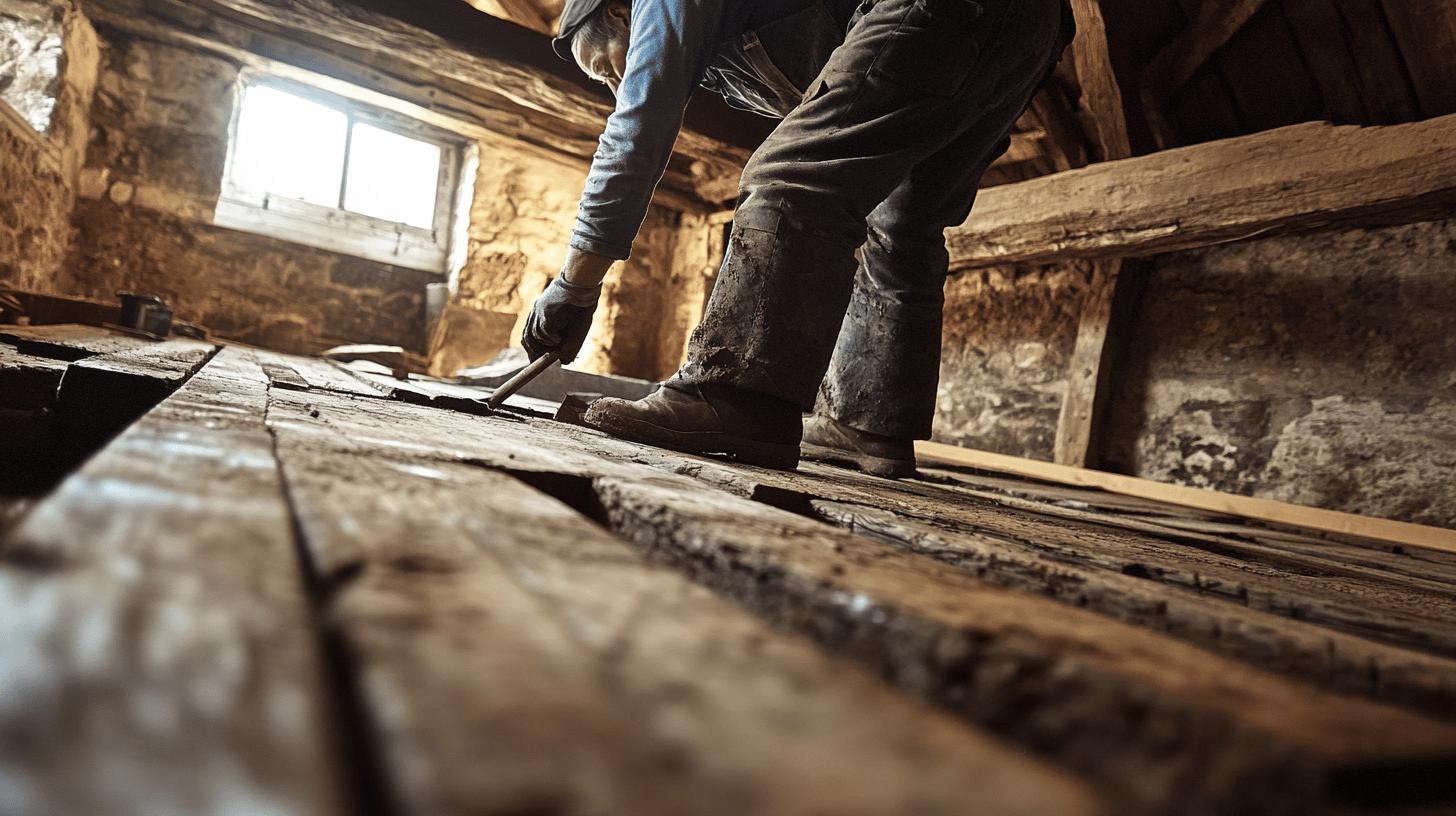
Choosing the right materials for floor restoration in listed buildings is crucial for maintaining the historical authenticity and architectural integrity of the property. Traditional materials such as stone, timber, and tiles are often preferred for floor sanding in Bridgwater and surrounding Somerset areas for these projects due to their alignment with period aesthetics. These materials not only complement the existing historical features but also ensure that the restoration efforts reflect the building’s original character. Using historically appropriate materials is essential to preserve the property’s cultural significance, ensuring that any restoration work does not compromise its heritage value.
Traditional materials, such as timber and stone, offer significant benefits for listed building floor restoration. Timber, known for its durability, provides a natural look that enhances the historical ambiance of the property. Stone, on the other hand, offers a robust and long-lasting solution that aligns with the architectural charm of period flooring. Both materials are not only aesthetically pleasing but also contribute to the structural stability of the restored areas.
To source these materials, consider using local suppliers or reclaimed options to align further with conservation goals. Local suppliers can provide materials that match the specific historical characteristics of the region, ensuring authenticity. Reclaimed materials offer the added benefit of sustainability and often come with a unique patina that can enhance the historical feel of the restored floor. By choosing these sources, restorations can achieve a perfect blend of historical accuracy and environmental responsibility.
Case Studies: Successful Floor Restorations in Somerset
Examining successful case studies of historical floor renovation in Somerset provides valuable insights into effective restoration methods. These projects demonstrate the importance of using materials and techniques that are sympathetic to the building’s original construction. By understanding these examples, one can appreciate the meticulous planning and execution required to maintain the architectural integrity of listed buildings.
Notable Restoration Projects
One notable project in Somerset involved the restoration of a Grade II listed manor house. The restoration specialists employed traditional timber and stone materials to ensure compatibility with the original flooring. The team meticulously sourced locally reclaimed timber, preserving the historical character while enhancing the floor’s durability. This approach not only maintained the building’s authentic appearance but also improved its structural integrity.
Another exemplary project focused on the renovation of a historical chapel, where lime mortar was used extensively. This material was chosen for its moisture permeability and flexibility, which are critical for the chapel’s unique environmental conditions. The restoration specialists ensured that the new materials matched the original ones, achieving a seamless integration that respected the chapel’s heritage.
Choosing skilled professionals is crucial for achieving high-quality restoration outcomes. For instance, a firm like Ryan’s Restoration would be ideal, given its expertise in Somerset historical flooring projects. Their knowledge and experience in dealing with listed buildings ensure that every aspect of the renovation aligns with conservation requirements. Engaging such specialists not only safeguards the building’s integrity but also ensures the restoration is executed with precision and respect for historical significance.
Expert Tips for Navigating Floor Restoration Challenges
Restoring floors in listed buildings presents unique challenges that require careful consideration and expertise. One of the primary challenges is sourcing authentic materials that match the historical context of the building. This requires a deep understanding of the property’s original construction materials and techniques, as modern substitutes can often compromise the historical integrity. Additionally, adhering to conservation requirements is critical, as these regulations ensure that any alterations preserve the building’s character and heritage. Navigating these mandates necessitates a comprehensive understanding of the legal framework and a collaborative approach with local conservation officers.
Balancing modern functionality with historical preservation is a crucial aspect of floor restoration in listed buildings. Owners often wish to modernize their properties for contemporary use, but this must be achieved without detracting from the building’s historical essence. A sympathetic approach involves integrating modern amenities in a way that respects the original architecture. This can include using traditional materials in conjunction with innovative restoration techniques to achieve both aesthetic and functional objectives. By prioritizing both conservation and practicality, restorers can maintain the property’s historical significance while enhancing its usability for present-day requirements.
Expert tips for successfully navigating floor restoration challenges:
- Consult with Specialists: Engage with conservation experts and local authorities early to ensure compliance with regulations.
- Source Authentic Materials: Prioritise local or reclaimed materials that match the building’s historical context.
- Use Sympathetic Techniques: Employ methods that preserve the original architecture while allowing for modern functionality.
- Plan for Reversibility: Ensure that restoration work is reversible to maintain the option for future adjustments.
- Balance Needs and Preservation: Integrate modern requirements without compromising the building’s historical integrity.
Final Words
Navigating the intricate conservation requirements for listed building floor restoration in Somerset can be complex yet rewarding. Each step in the process, from obtaining Listed Building Consent to selecting suitable traditional materials, plays a vital role in preserving historical integrity. By adhering to local heritage guidelines and employing expert tips, property owners contribute to maintaining Somerset’s architectural heritage. With careful planning and the right approach, restoring floors in listed buildings not only preserves the past but also enhances the property’s value and charm.
FAQ
What is Section 74 of the Planning Listed Buildings and Conservation Areas Act?
Section 74 requires preserving buildings’ character within conservation areas. Demolition or alteration of listed buildings needs local authority consent to ensure historical features are conserved.
What are the rules for renovating a Grade 2 listed building?
Renovating a Grade 2 listed building requires obtaining Listed Building Consent before any work is undertaken. Adhering to conservation requirements and maintaining historical integrity is mandatory.
What is Section 72 of the Planning Listed Buildings and Conservation Areas Act 1990?
Section 72 focuses on preserving or enhancing the character of conservation areas. Any alterations to properties within these areas must respect and uphold their historical significance.
What is Section 48 of the Planning Listed Buildings and Conservation Areas Act 1990?
Section 48 deals with enforcing repairs or maintenance for listed buildings. Local authorities can issue notices to ensure buildings are preserved according to statutory requirements.
How does Somerset Council advise on listed building restorations?
Somerset Council offers pre-application advice to guide restoration projects. Seeking their expertise ensures compliance with regulations and successful Listed Building Consent applications.
What is Listed Building Consent, and why is it necessary?
Listed Building Consent is required for modifications impacting a listed building’s character. It ensures restoration adheres to historical preservation standards, maintaining the property’s integrity.
How can one apply for Listed Building Consent in Somerset?
Applying for Listed Building Consent involves consulting local planning officers, submitting plans detailing proposed changes, and ensuring alignment with conservation requirements to maintain historical character.
